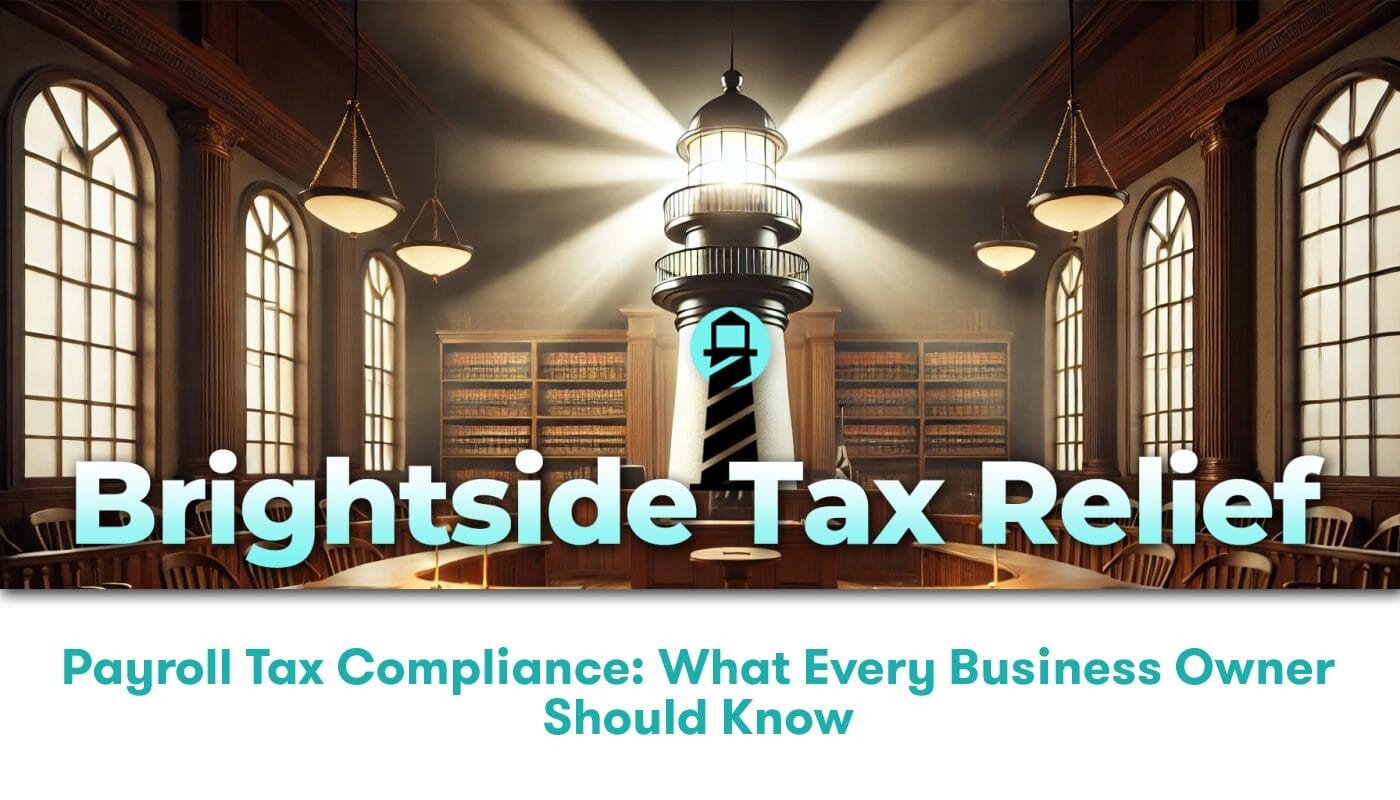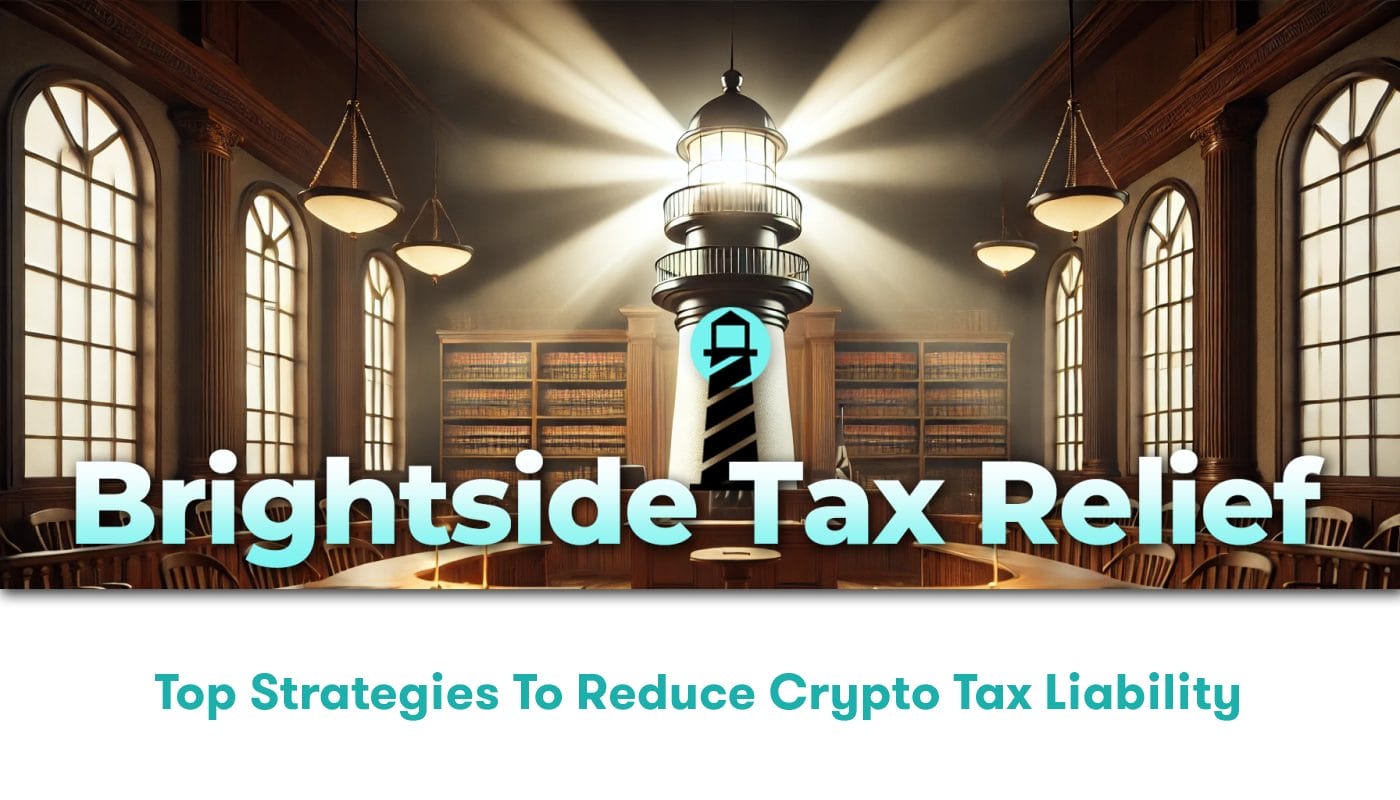Unraveling the Mysteries of Tax Deductions
Getting to grips with the tax system can be a daunting task, especially when it involves understanding tax deductions and how they can be leveraged to your advantage. As a nationwide tax relief company, Brightside Tax Relief, we aim to demystify these complexities and ensure that you only pay what’s due and possibly save some money in the process. Let’s start our journey into the somewhat intricate world of tax deductions.
Inside the Concept of Tax Deductions
Tax deductions, in their simplest form, lower the amount of income subject to tax. Essentially, they afford you an opportunity to reduce your taxable income by taking advantage of various allowances provided by the IRS. The resulting impact is a decline in your tax liability, possibly leaving you with more dollars in your pocket after you file your taxes.
Standard Deductions versus Itemized Deductions
It is crucial to understand the difference between standard and itemized deductions. Standard deductions are a fixed amount that taxpayers can subtract from their earned income. The amount eligible for standard deductions varies based on your filing status and can increase year by year according to inflation rates.
However, there’s an alternative to using standard deductions, and that’s itemizing your deductions. When you itemize, instead of employing the block amount provided under the standard deductions, you list all allowable expenses incurred during the year. These may include state and local income taxes, property taxes, mortgage interest, and charitable donations, among other expenses.
Knowing Which Route to Take
Deciding whether to take the standard deduction or to itemize your deductions is not always a clear-cut decision. Essentially, you should opt for the deduction route that will reduce your taxable income the most. The choice heavily depends on personal circumstances and the nature and magnitude of your expenses during the tax year.
Getting Acquainted With Eligible Deductions
Education Expenses: You can deduct certain educational expenses if they meet specific IRS requirements. These may include student loan interest, tuition and fees, and educator expenses.
Business Use of Your Home: If you use part of your home for business, you might be able to deduct expenses for the business use of your home. This can include a portion of your rent or mortgage, the cost of utilities, and home maintenance costs.
Health Insurance: If you had to pay for your health insurance, part or all of those payments may be deductible. This is particularly beneficial for self-employed individuals.
Charitable Contributions: Donations to charity can also often be deducted. Ensure that you keep a record of any charitable contributions made throughout the year.
While these deductions are not exhaustive, they certainly give an idea of just how diverse the categories for eligible deductions ordinarily are.
Understanding The Impact of Tax Deductions on Your Tax Return
The truth about tax deductions is that they function by reducing your taxable income, effectively lowering your overall tax liability. Therefore, an increase in your deductions is likely to translate into a lower tax bill, which can prove extremely beneficial.
Keeping Track of Your Deductions
Maintaining accurate records of your expenditures throughout the year is key to ensuring you claim all available deductions. These records, often called tax documentation, can include receipts, invoices, mileage logs, and even credit card statements.
Navigating Tax Deductions with Professional Assistance
While it’s possible to take charge of your deductions and tax calculations, having professional guidance can make this task less challenging. Reputed tax relief companies like Brightside Tax Relief can help to maximize your deductions and minimize your tax liability.
Updated IRS Regulations
Understanding the IRS regulations is crucial for maximizing your deductions. The IRS often revises the guidelines pertaining to tax deductions. Familiarize yourself with the latest information to stay on the right side of the law and gain all possible benefits. If you’re interested in gaining a deeper insight into how to navigate deductions successfully, take a look at this helpful resource from the IRS: Tax Topic 500 – Itemized Deductions.
Unfolding the Value of Deductions for a Brighter Future
Tax deductions can prove to be a money-saving tool if you understand their intricate workings and know how to apply them effectively. As Brightside Tax Relief, we hope that this guide has helped clarify some of the complexities involved, and we encourage you to utilize this understanding to yield the most value from your tax return.






